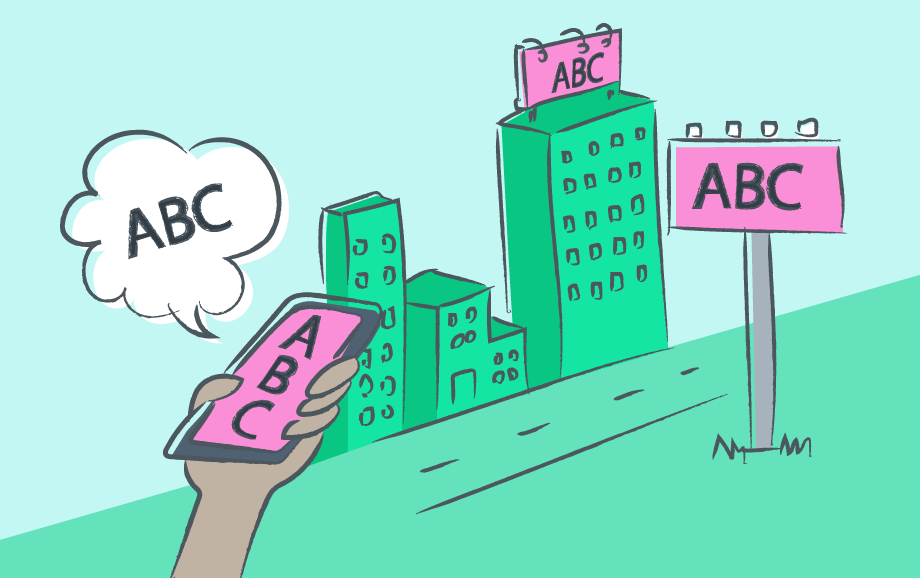Why You Need To Think Like A Brand
Learning key communication tips from commercial brands to ensure your message resonates with your audience and creates impact.

You may not be selling products or services like a commercial brand, but there are things you can learn from commercial brands to ensure that your message resonates with your audience, gets amplified, and has impact. You are “selling” ideas, and you need to be persuasive to counter negative speech and action in your community and to seed positive behavior. That is the goal, and you need to behave like a brand to make this happen.
We are all surrounded by symbols and images in our everyday lives. Some are ancient symbols passed down from generation to generation. Others are modern and represent ideas, organizations, and companies. Some are offline and others are online.
What we can learn from them is their power to communicate. It’s amazing how some symbols can say so much. Just by themselves. Without words. A stylized symbol of an apple on the top of a laptop computer communicates on many levels to many people. It speaks of technology, precision, and status. It also says “expensive” and can be viewed as a symbol of overconsumption with the constant launch of new models.
Think about the icons on your phone. You can look at them and instantly know what they do. You’re familiar with them; you use them everyday. They also don’t change very much. They’re consistent. If they do change, there are only very small changes each time.
The reason we notice some symbols more than others is because they come with very clear and consistent messages. The people who create the communication for their organization all use the same guidelines, often referred to as brand guidelines. Any communication from your organization should use the same look and feel, regardless of the format. Clear guidelines make this happen.
Simple guidelines could include:
- A clear description of what your organization stands for.
- The size and color of your logo. Where and how it is used.
- What fonts and colors should be used.
- Tone and manner guidelines. Here you might define how the writing in your publications should sound, both online and offline. It could be friendly and lighthearted or authoritative and knowledgeable, as long as you make it clear so that everyone in your organization, now and in the future, can replicate it. Explore how to develop communication guidelines here.
Always do these two things:
- Have a very clear message.
- Communicate that message consistently. This applies both to the words you use and to other elements such as your color palette, the style of your photos, or your choice of a spokesperson.
If you do these two things, your audience will take notice of your communication, whether it is online or offline. They will be able to instantly recognize your organization and know when messages are coming from you. Your messages will stand out, and your audience will be more likely to listen.
Think Like A Brand



 Back
Back